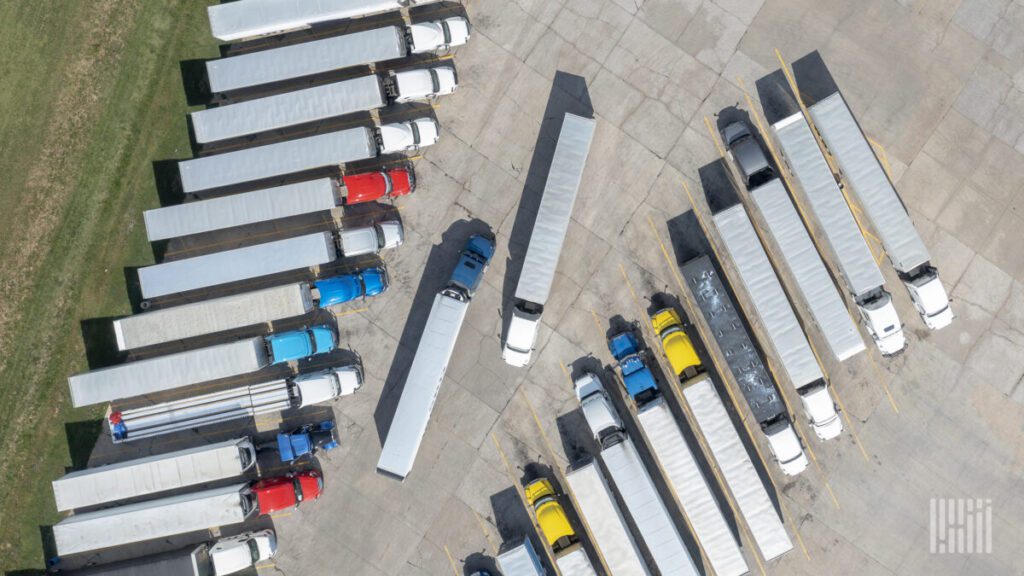August 2, 2024
The Benefits of Group Captive Insurance for Trucking Companies

In the trucking industry, thin margins and unpredictable risks are a constant challenge. At Reliance Partners, we understand the pressures fleet owners face, from accidents and cargo damage to the ever-rising costs of traditional insurance. That’s why we are excited to discuss the benefits of group captive insurance, a self-insurance model that is gaining popularity for its potential to offer greater control, cost savings, and customized coverage.
What is Captive Insurance?
Captive insurance is essentially an insurance company wholly owned and controlled by its insureds, with the primary purpose of insuring the risks of its owners. The insureds benefit from the captive insurer’s underwriting profits, as highlighted by Captive.com. This model generates revenue for shareholders, who are also the policy owners. Payouts are made only to those within the captive group, reducing overall risk as these groups typically consist of better-than-average fleets.
Tom Marros, Executive Vice President at Alternative Risk Underwriting (ARU), explains, “Group captive insurance brings together best-in-class companies to form their own insurance company. They buy the insurance policy, and all profit goes to the trucking fleet instead of insurance companies.”
Long-Term Cost Savings
Beyond immediate cost reductions, group captive plans offer significant long-term savings. Marros notes, “The first dollar of insurance is the most expensive. As you get higher, it gets cheaper. The group captive provides the first layer of coverage and only buys insurance from the marketplace for coverage above the captive, thus limiting exposure to the volatile insurance market.”
Captive insurance plans reward carriers for investments in safety, with the best-in-class carriers benefiting from lower risks of smaller claims. Traditional insurance companies are still necessary for large or catastrophic losses, but captives shift the cost burden for smaller, less risky losses to the insured party, providing more control and eliminating some costs for the insurance company.
Is Captive Insurance Right for You?
Captive insurance plans are not a one-size-fits-all solution. They require a significant commitment and a strong financial standing. Michael Peden, Executive Vice President of Sales at Reliance Partners, states, “Ideal companies are 25 units or larger, best in class, with a strong safety record, solid financial conditions, and better-than-average losses.”
Companies with at least five years of business history are more likely to qualify for captive insurance plans, as these plans prefer a proven track record. Unlike conventional insurance, which allows for easy switching between providers, captives require a minimum commitment of five years, offering more stable annual premiums.
Peden adds, “It takes significant capital and a commitment to robust risk management, but for companies willing to invest the time and resources, captives can be a game-changer.”
The Future of Captive Insurance
The future of captive insurance is bright, with the industry undergoing technological advancements similar to the broader supply chain. Trends include integrating technology, leveraging data analytics, telematics, and AI to better understand and mitigate risks. With the rise in cyberattacks, many trucking captives are expanding their coverage to include cyber risks. Sustainability is also becoming a focus, with captives incorporating environmental, social, and governance factors into their risk management strategies.
Captive insurance plans represent a powerful tool for trucking companies looking to take greater control of their risk management and reduce insurance costs. However, careful consideration is needed to determine if this model or a traditional insurance policy is the best fit for your company’s future.
For a deeper dive into the benefits and challenges of group captive insurance, check out the full article on FreightWaves.